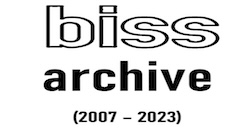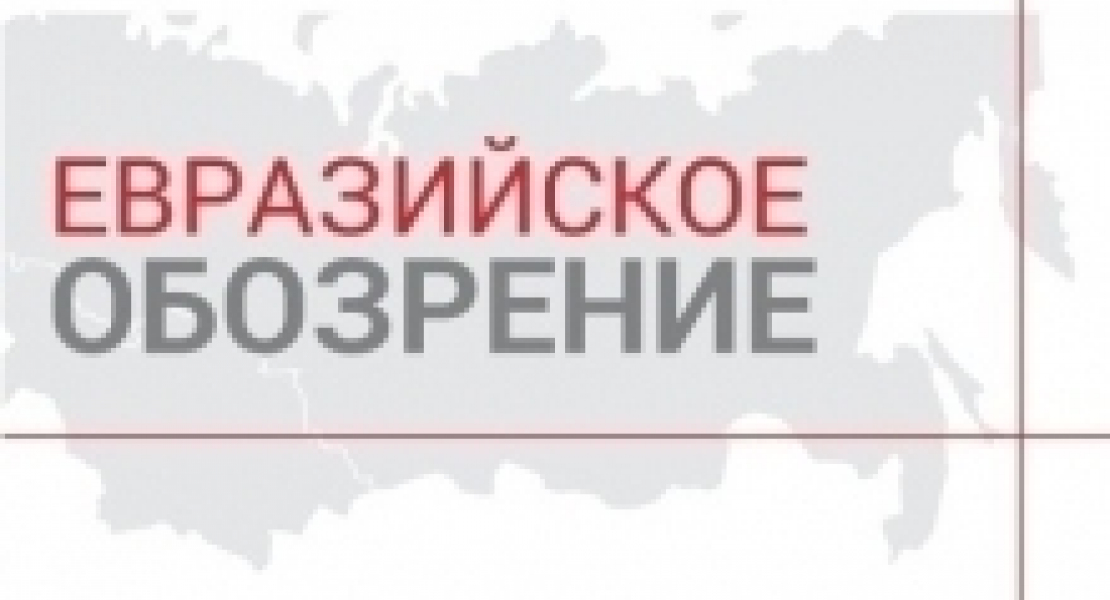BISS presents the third issue of the Eurasian Review, which analyzes the processes of Eurasian integration.
The Main Feature of this Eurasian Review is the process of Armenia’s Eurasian integration, its benefits and costs for the country. The article analyzes the main challenges that Armenia has encountered on its way to Eurasian integration — its transportation problems amid the absence of common borders with its Eurasian partners, the future of Nagorno-Karabakh, and need for additional approvals within the framework of the World Trade Organization. The analysis of Armenia’s benefits and costs that ensue from European and Eurasian integration clarifies the reasons why the Armenian political elite opted for the Eurasian integration project. As a separate item, the article seeks to answer the question how important for the Eurasian troika is to incorporate Armenia in the EEU.
The next issues of Eurasian Review will comprise materials describing the situation in the remaining EEU member states.
The Highlights section addresses the popularity of the Eurasian integration idea in the EEU constituent countries (Belarus, Kazakhstan, and Russia), countries that are close to acceding to the bloc (Armenia and Kyrgyzstan), as well as Ukraine. Analyst at CASE Belarus Aliaksandr Papko cites the dynamics of pro-Eurasian and anti-Eurasian sentiment in those countries throughout the last three years and outlines a trend towards a growth in euraso-sceptisism and isolationism. The increased number of opponents of both the European and Eurasian projects is not an exclusively Belarusian phenomenon — this situation can be observed in Armenia as well. BISS will get back to a more detailed analysis of the causes of this process in its following issues.
Read the third issue of the Eurasian Review in PDF


